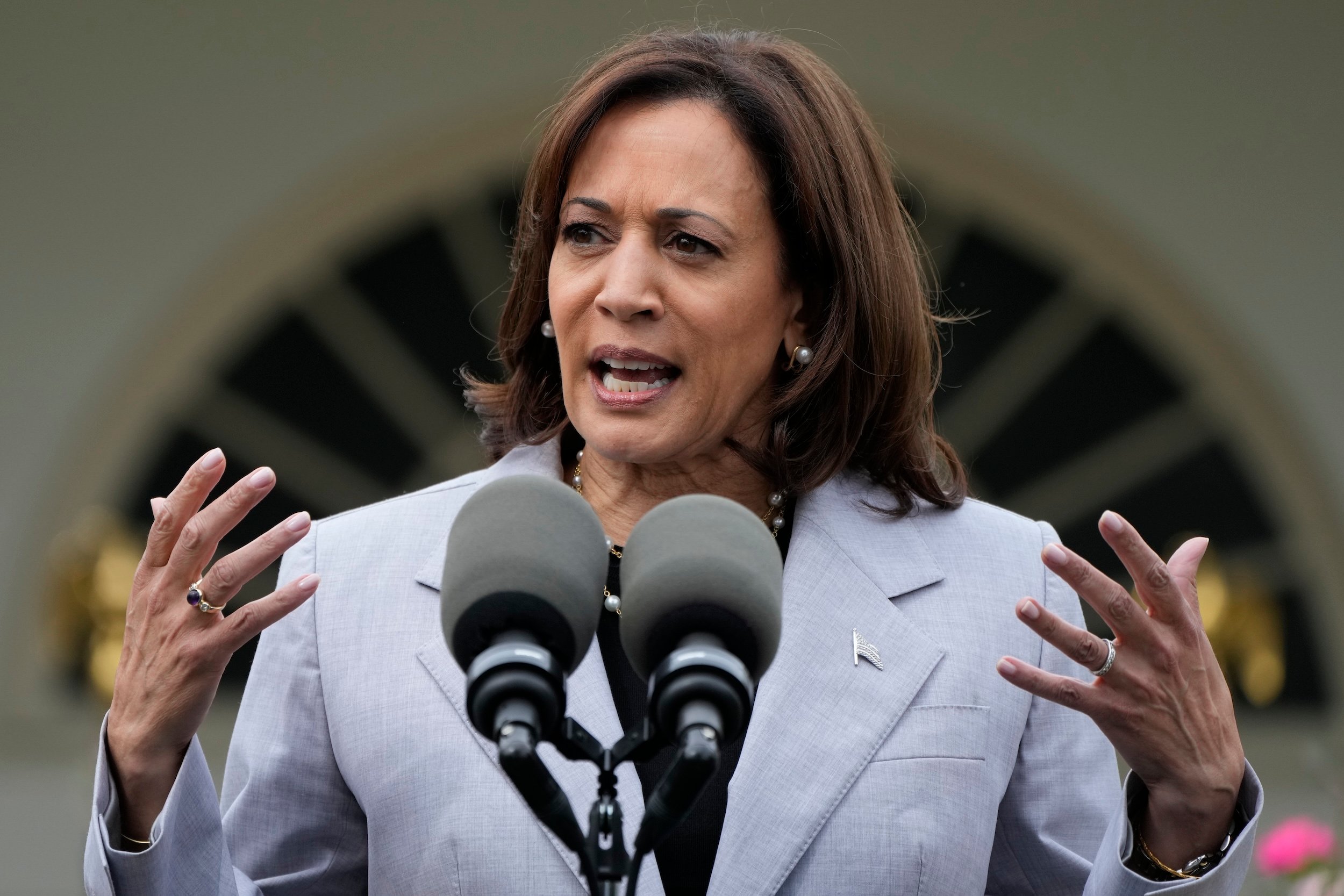Good morning, Bulletin readers. Anyone else need an extra cup coffee this morning? After a long night tracking the returns, we can begin to discern patterns and reach some takeaways regarding how groups and candidates on both sides of the gun issue fared in the 2018 midterms, and what those results might mean going forward.
Receive this daily news briefing by email every morning. Sign up here.
There was no widespread anti-gun-control backlash. The old logic of Democratic campaign strategists in competitive contests was that raising gun reform as an election issue meant mobilizing pro-gun voters to defeat you. Last night, Democrats earning F ratings from the NRA for their views on gun laws prevailed not only in increasingly blue swing states like Virginia, Nevada, Wisconsin, and Colorado, but also in conservative strongholds like South Carolina and Kansas. In the House of Representatives, where votes are still being tallied in a handful of nail-biter races, pro-gun-control Democrats who flipped seats in GOP territory may pad the majority that the party seized in this election.
Gun violence prevention groups got a positive return on their investment in House races. In a first, Everytown for Gun Safety and Giffords outspent the National Rifle Association this year on federal contests. In four of the six House races the reform groups poured the most money into, their preferred candidates won. They may claim a fifth in Georgia’s 6th District, where Democrat Lucy McBath received $4.1 million from gun reform groups in a race that’s too close to call, though McBath is leading by 0.9 percent. McBath became a gun violence prevention activist following the death of her son, Jordan Davis, in a 2012 “stand your ground” shooting in Florida, and the district has been in the national spotlight ever since Jon Ossoff raised a boatload of money in a losing special election bid early in the Trump era. (Standard disclosure: Everytown’s nonpolitical arm is among The Trace’s funders.)
The NRA’s candidates helped Republicans hold the Senate. The map always looked tough for Democrats, whose slim path to a majority disappeared when Republicans picked up Senate seats in Missouri and Indiana and held Tennessee — the three Senate races where the NRA made seven-figure plays during a cycle in which its overall spending was down dramatically.
The Parkland kids who brought a jolt of momentum to gun reform did not see it translate into what would have been a cathartic win at home. Democrat and proud NRA foe Andrew Gillum lost the Florida gubernatorial race to Trump acolyte Ron DeSantis in a state where available campaign finance data shows Everytown spending at least $3 million and the NRA at least $1.3 million. The Guardian’s Lois Beckett was on the scene as March For Our Lives activists watched the returns, and captured their mix of anger, frustration, and resolve. In another high-profile governor’s race in which gun issues were a factor, Georgia Democratic hopeful Stacey Abrams is declining to concede until all ballots are counted in a contest that could come down to fewer than 10,000 votes.
Democratic gains in other gubernatorial and state legislative races may well be the biggest story of 2018 when it comes to the fate of actual gun safety measures. The party gained seven governorships, including in Wisconsin, where Scott Walker was bounced despite more than $1 million in support from the NRA. Democrats also flipped six legislative chambers.
Voters continue to choose stronger gun laws when they get to decide directly. Washington State’s multi-million-dollar Initiative 1639 passed with 60 percent of the vote, after the NRA tried (and failed) to keep it off the ballot and spent nearly $500,000 to defeat it. The measure enacts strict regulations on those seeking to buy assault-style weapons; implements a safe-storage requirement; and increases penalties for gun owners who fail to use gun locks. It’s at least the fourth gun safety ballot initiative to pass in Western states in the past few years.

